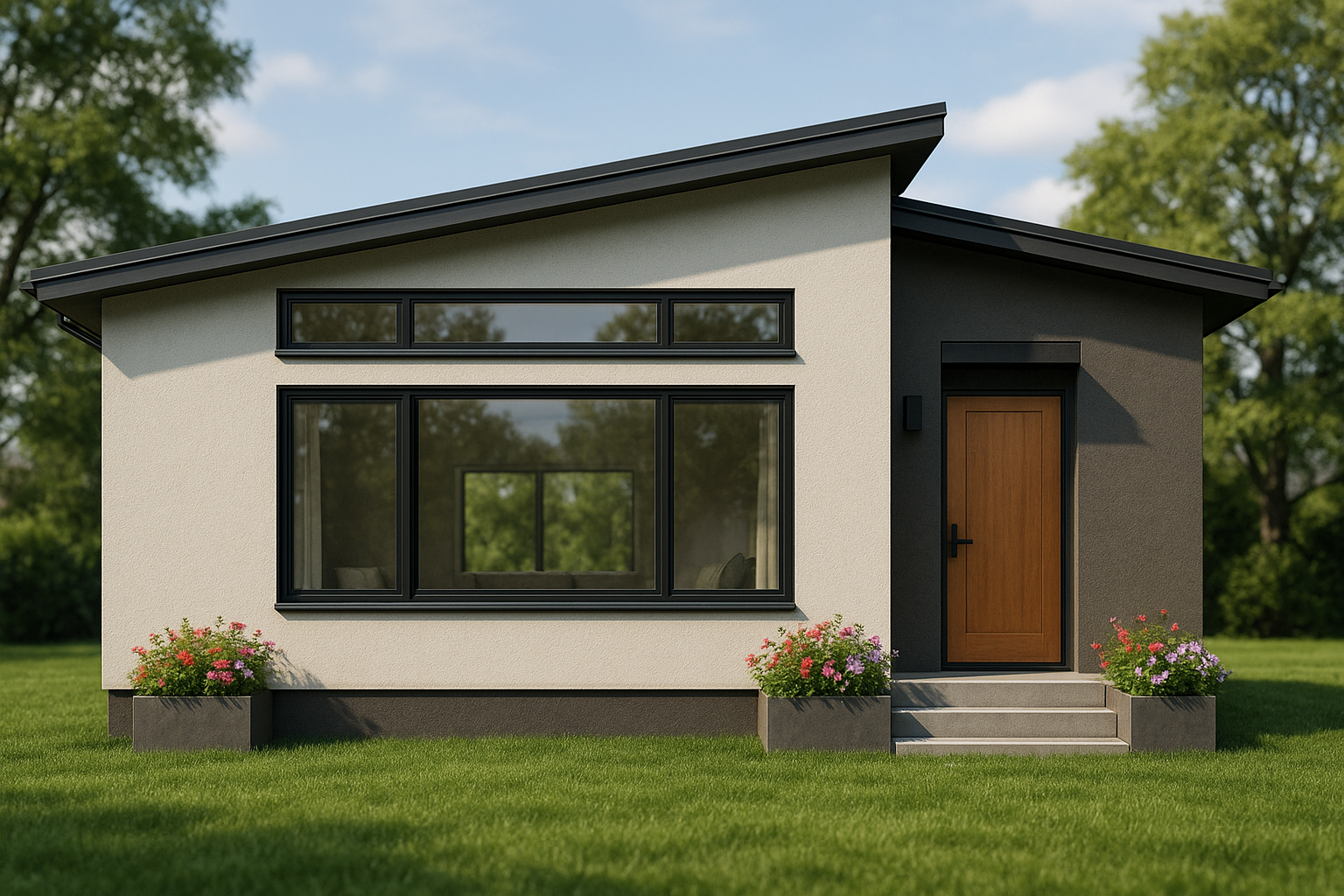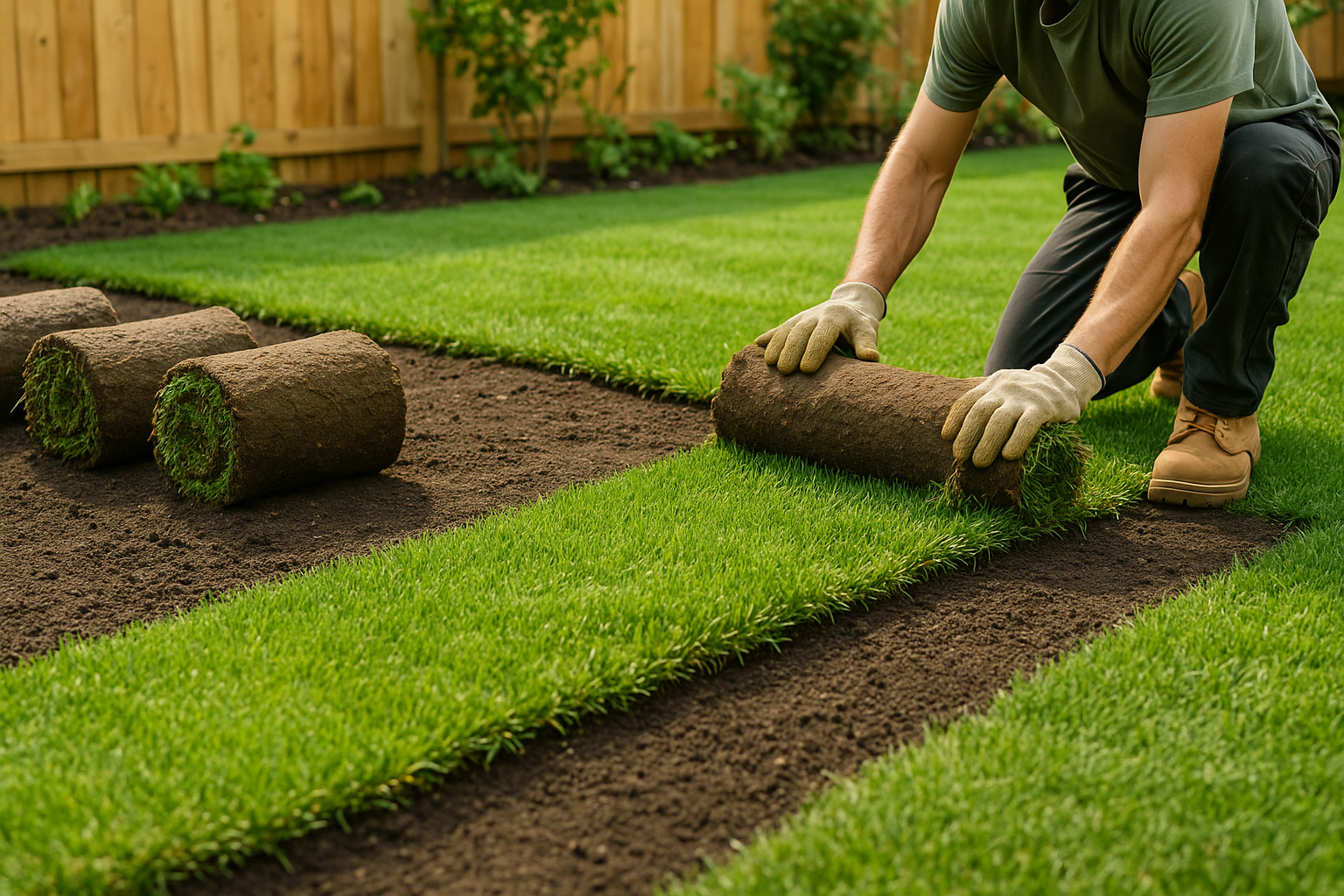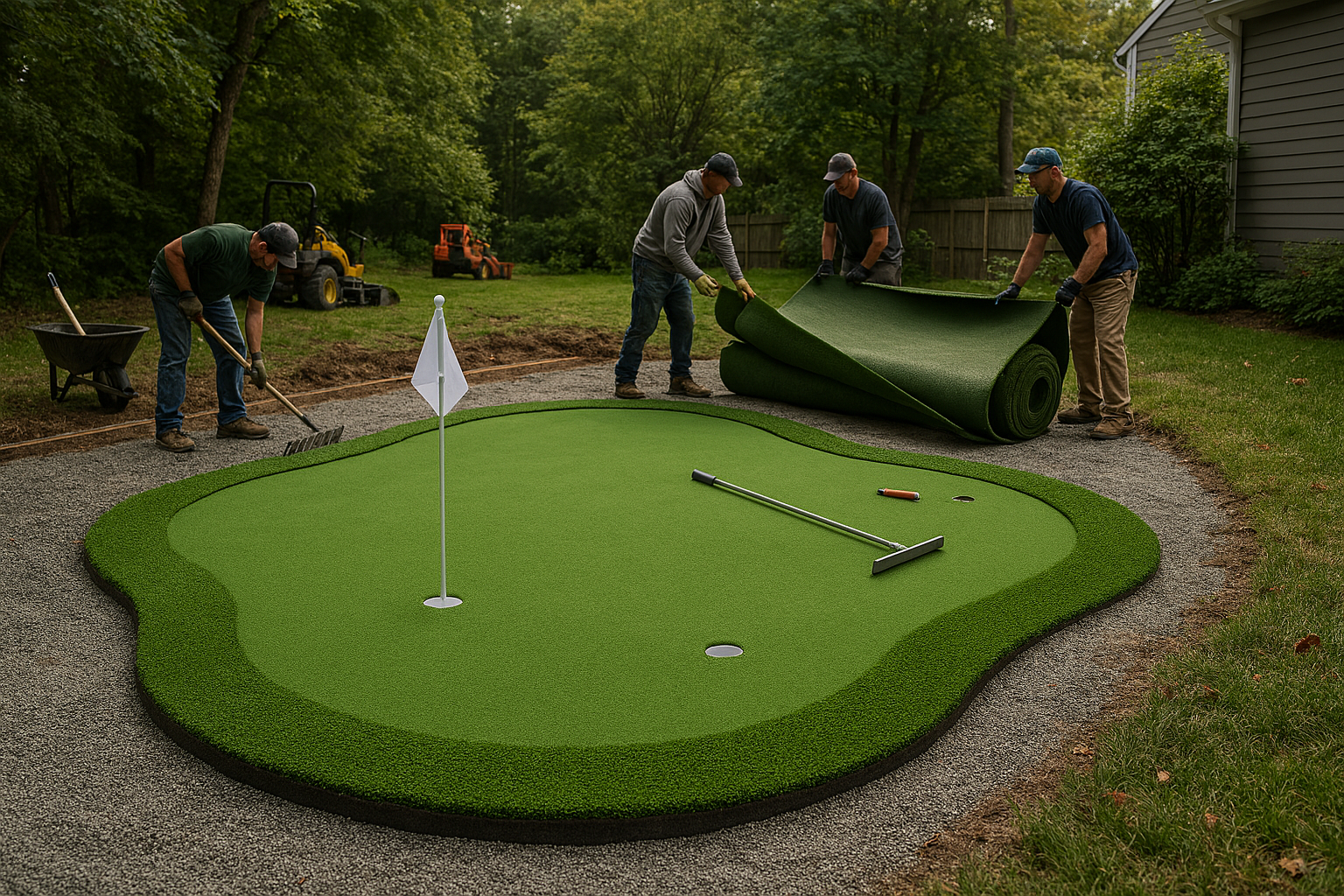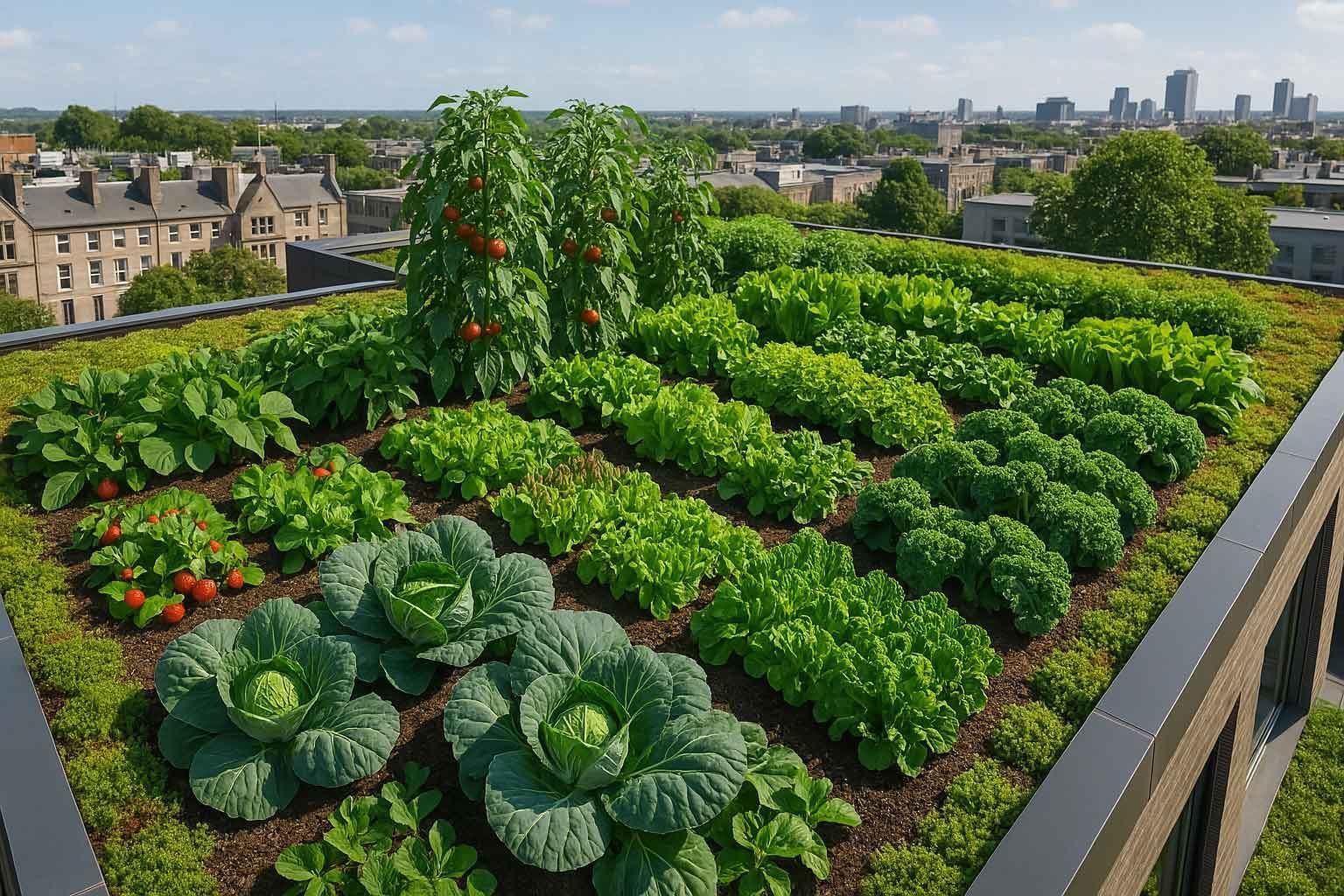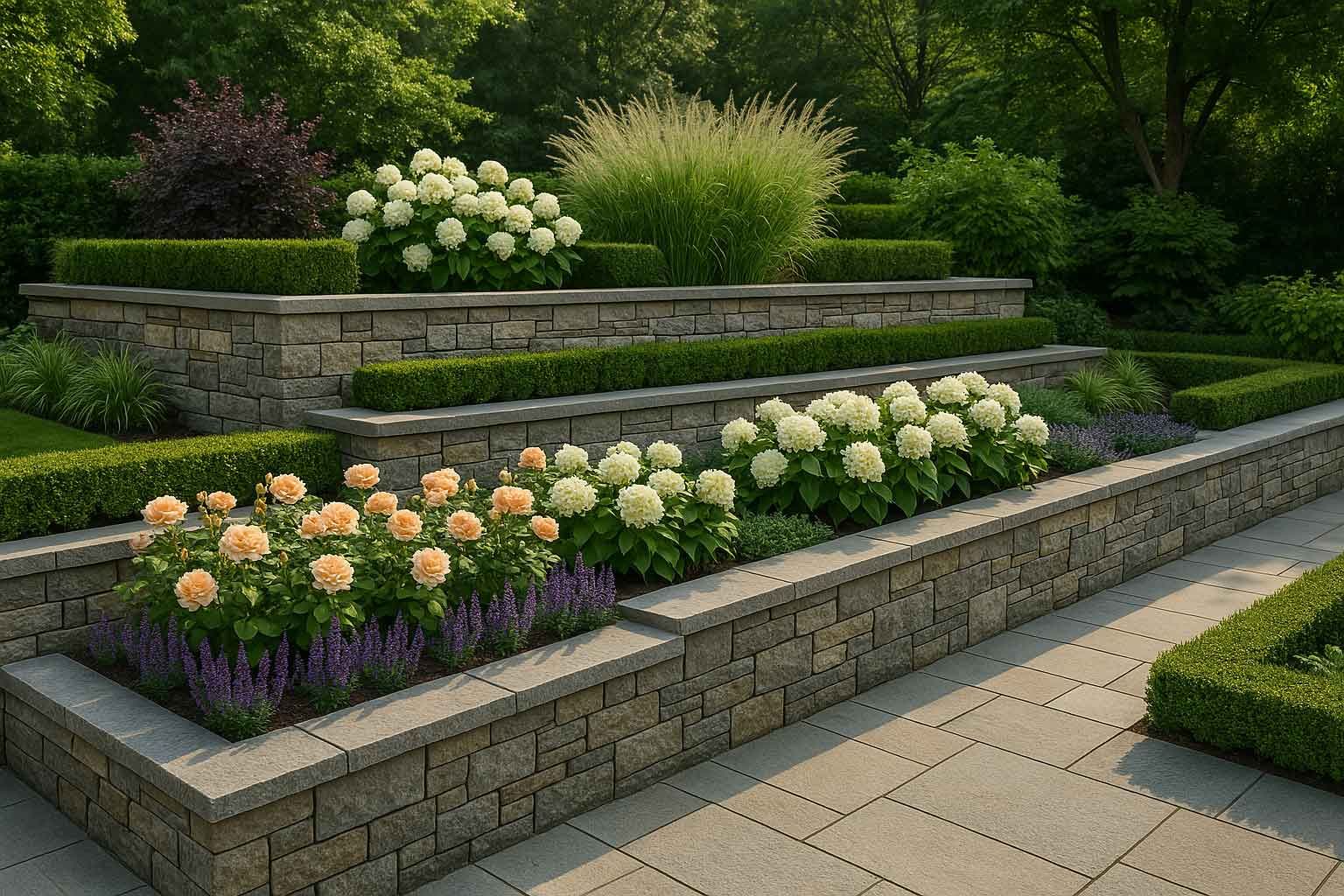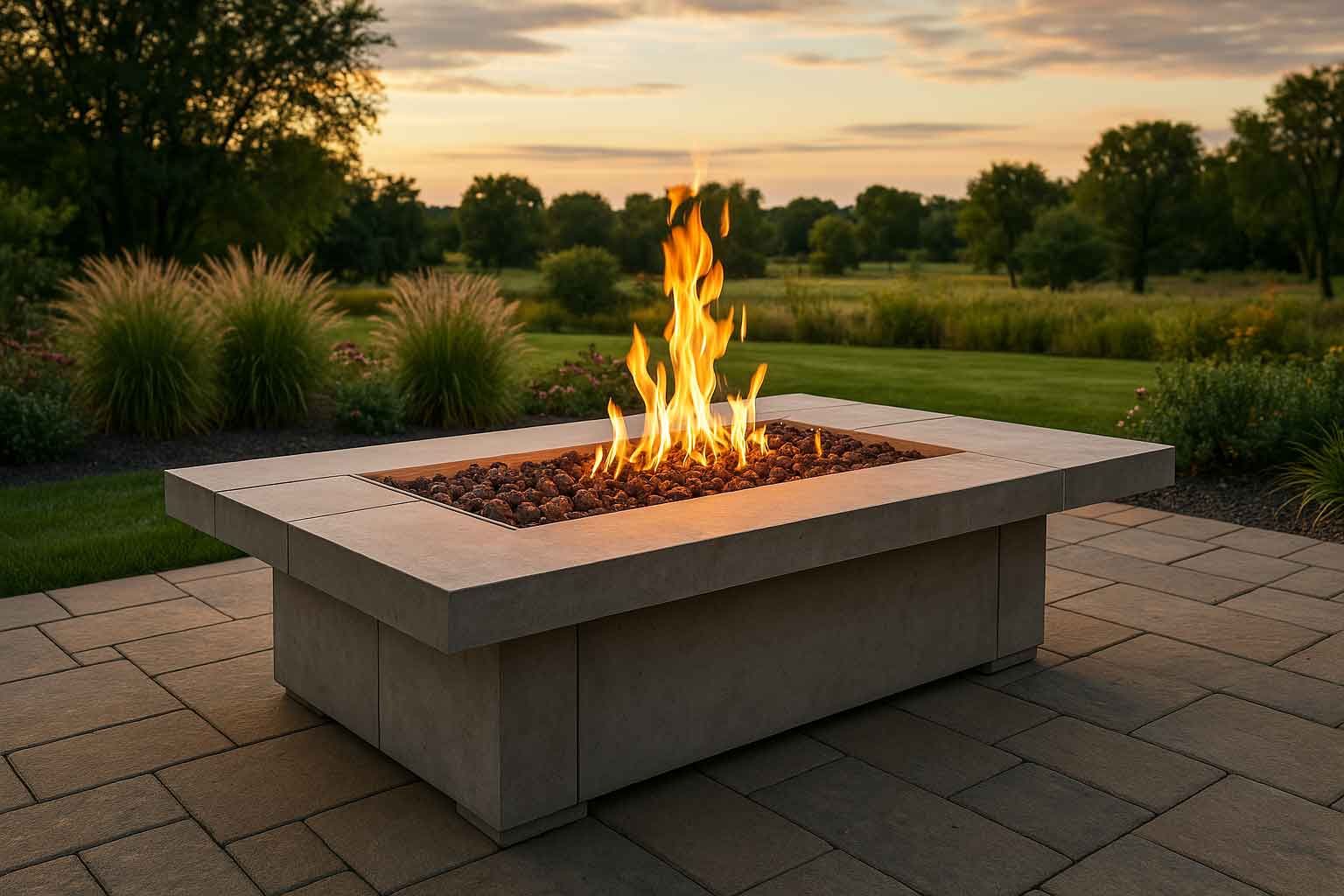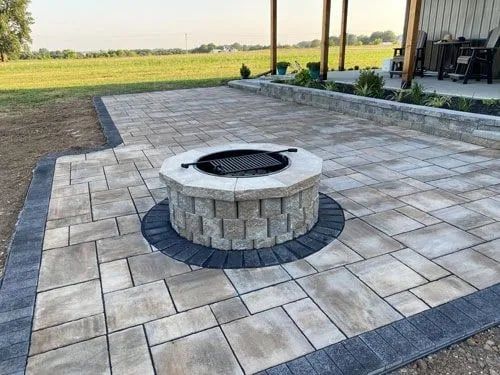Vertical Gardening: Making the Most of Limited Outdoor Space
Vertical gardening is a revolutionary approach to cultivating plants in small or limited outdoor spaces
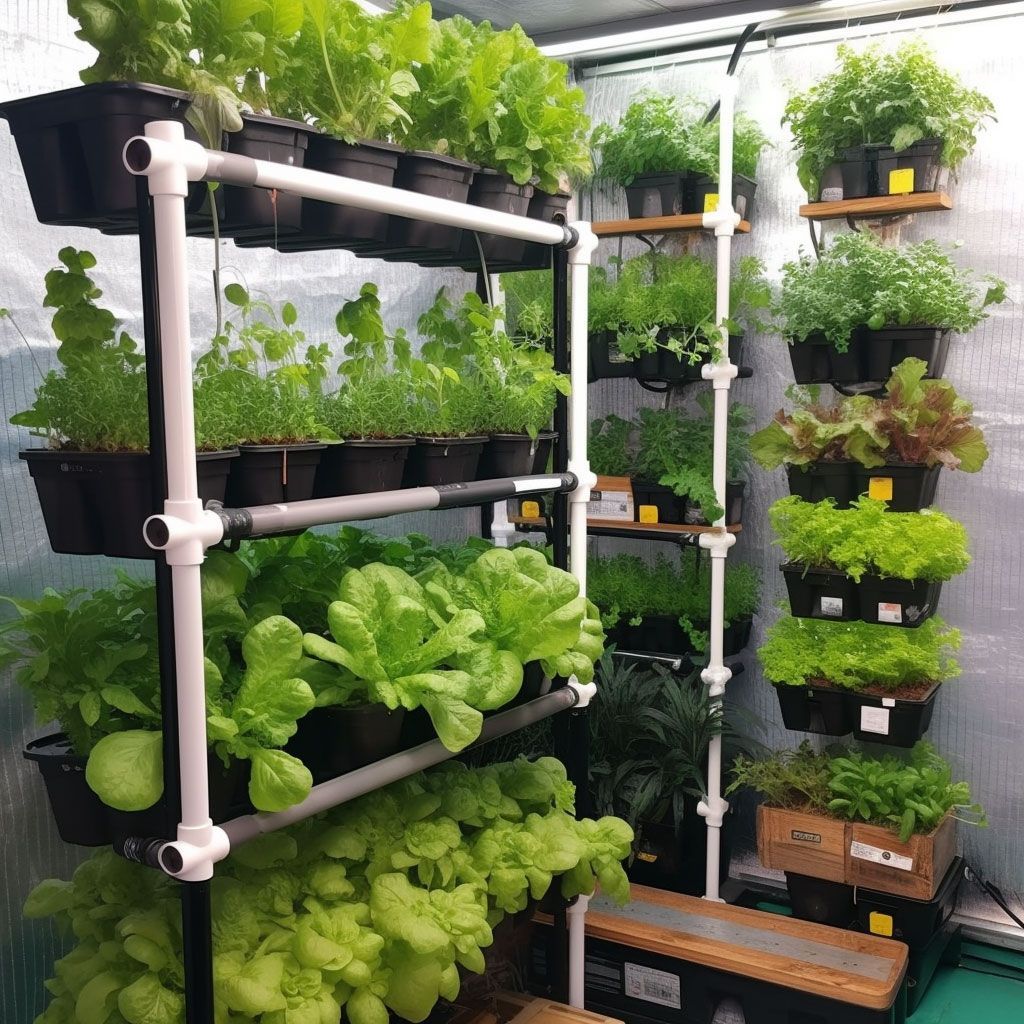
Introduction to Vertical Gardening
Vertical gardening is a revolutionary approach to cultivating plants in small or limited outdoor spaces. This method allows gardeners to maximize their gardening area and add greenery to otherwise unused spaces by growing plants vertically rather than horizontally. This article will explore innovative vertical gardening ideas and techniques that help you make the most of your limited outdoor space.
Why Choose Vertical Gardening?
Space Efficiency
Vertical gardens are an excellent solution for those with limited outdoor space. By utilizing walls, fences, and other vertical structures, you can grow various plants without sacrificing valuable ground space. This is especially helpful in urban environments where horizontal space is often scarce.
Improved Air Quality
Plants are natural air purifiers, and vertical gardens can significantly improve the air quality in your outdoor living area. Growing more plants in a smaller space increases the amount of oxygen produced and pollutants absorbed, creating a healthier environment for you and your family.
Aesthetic Appeal
In addition to their functional benefits, vertical gardens add visual interest and beauty to your outdoor space. They can serve as a living artwork, transform a dull wall into a lush green space, or create a stunning focal point in your yard.
Types of Vertical Gardens
Wall-mounted Planters
Wall-mounted planters are a popular choice for vertical gardens. They attach directly to walls or fences and can accommodate various plant types. Porch builders often incorporate wall-mounted planters to create a unique and inviting outdoor space.
Freestanding Vertical Gardens
Freestanding vertical gardens are independent structures that can be placed anywhere in your outdoor space. These gardens are perfect for those who want the flexibility to move or rearrange their plants. Room addition contractors can also incorporate freestanding vertical gardens into their designs for seamless integration.
**Hanging Gardens**
Hanging gardens use suspended containers, such as baskets or pots, to create a floating vertical garden. This vertical garden is ideal for adding greenery to balconies, patios, and porches without taking up valuable floor space.
Essential Components for a Successful Vertical Garden
Appropriate Plants
When choosing plants for your vertical garden, consider factors such as sunlight exposure, water requirements, and growth habits. Select plants that thrive in your specific conditions and are well-suited for vertical growth, such as trailing vines, compact shrubs, and cascading flowers.
Proper Support
Providing sturdy support for your plants is crucial for the success of your vertical garden. Use durable materials such as metal, wood, or heavy-duty plastic for your garden structure, and ensure it is securely anchored to withstand wind and weather conditions. For more information on proper support systems, consult a retaining wall guide.
Adequate Drainage
Vertical gardens require proper drainage to prevent root rot and maintain plant health. Ensure your containers have drainage holes, and consider using moisture-wicking materials or self-watering systems to regulate moisture levels.
Innovative Vertical Gardening Techniques
Repurposing Household Items
Think outside the box and repurpose everyday household items as planters for your vertical garden. Old pallets, gutters, or shoe organizers can be transformed into unique and functional planters with creativity.
Using Modular Planters
Modular planters are specially designed containers that can be easily attached to walls or structures to create customizable vertical gardens. These planters come in various shapes and sizes, allowing you to design a garden that fits your specific space and style.
Employing Hydroponic Systems
Hydroponic systems grow plants without soil, using nutrient-rich water instead. This innovative technique can be adapted for vertical gardening, allowing you to grow various plants in a compact space with minimal mess and maintenance.
Maintaining Your Vertical Garden
Watering and Fertilizing
Regular watering and fertilizing are essential for keeping your vertical garden healthy and thriving. Adjust your watering schedule based on your plants' specific needs and your garden's conditions. Consider using drip irrigation or self-watering systems for more efficient and consistent watering.
Pruning and Trimming
Regular pruning and trimming help maintain the shape and size of your vertical garden, ensuring it remains visually appealing and manageable. Removing dead or damaged growth promotes plant health and encourages new growth.
Pest Management
Look for common garden pests like aphids, spider mites, and whiteflies. Implement a regular pest management routine, using organic or chemical treatments to keep pests at bay and protect your plants.
Examples of Vertical Gardens for Small Spaces
Balcony Gardens
Transform your tiny balcony into a lush, green oasis with a vertical garden. Use hanging baskets, wall-mounted planters, or freestanding structures to create a visually stunning and space-efficient garden that brings life to your outdoor area.
Patio and Porch Gardens
Maximize your patio or porch space by incorporating vertical gardening techniques. Deck construction companies often recommend vertical gardens to add greenery without taking up valuable floor space.
Rooftop Gardens
Rooftop gardens are an excellent way to maximize limited outdoor space in urban environments. You can create a lush, green sanctuary high above the city streets by implementing vertical gardening methods.
Transforming Your Outdoor Space with Vertical Gardens
Vertical gardens can significantly enhance the look and feel of your outdoor living area. Incorporate vertical gardens into your landscape design to upgrade your space with minimal investment. For added visual impact and functionality, consider installing affordable stamped concrete patios alongside your vertical garden.
Conclusion
Vertical gardening is an innovative and versatile solution for making the most of limited outdoor spaces. You can create a lush, green environment that improves air quality and adds aesthetic appeal by employing various techniques, such as wall-mounted planters, freestanding vertical gardens, and hydroponic systems. With proper planning and maintenance, your vertical garden will thrive, providing you with a beautiful and functional outdoor space.
FAQs
Q1: What types of plants are best suited for vertical gardens?
A1: Some suitable plants for vertical gardens include trailing vines, compact shrubs, and cascading flowers. Choose plants that are well-adapted to your specific conditions, such as sunlight exposure and water requirements.
Q2: Can I grow vegetables in a vertical garden?
A2: Yes, many vegetables can be grown in vertical gardens, including tomatoes, cucumbers, and various herbs. Choose compact varieties and ensure they receive adequate sunlight and nutrients.
Q3: How do I water my vertical garden?
A3: Water your vertical garden regularly, adjusting your watering schedule based on your plants' needs and conditions. Consider using drip irrigation or self-watering systems for more efficient and consistent watering.
Q4: Do I need a professional to install my vertical garden?
A4: While some vertical garden systems may require professional installation, many can be set up by homeowners with basic DIY skills. Consult a professional landscaper or garden designer if you need clarification or need assistance.
Q5: How do I protect my vertical garden from pests?
A5: Regularly monitor your garden for pests, and implement a pest management routine using organic or chemical treatments as needed. Maintaining plant health and removing dead or damaged growth can also help deter pests.
Additional Tips for a Thriving Vertical Garden
Q1: Can I use a vertical garden indoors?
A1: Absolutely! Vertical gardens can be a great addition to indoor spaces as well. Just make sure to choose plants suitable for indoor conditions, such as low-light or low-humidity environments. Also, ensure proper drainage to avoid water damage to your floors and walls.
Q2: How do I choose the right location for my vertical garden?
A2: Select a location for your vertical garden based on factors such as sunlight exposure, accessibility for maintenance, and the overall design of your outdoor space. Remember that some plants may require more sunlight than others, so choose a spot that accommodates the specific needs of your selected plants.
Q3: Can I create a vertical garden on a budget?
A3: Yes, creating a vertical garden on a budget is possible. Repurpose household items or inexpensive materials as planters, or look for sales and discounts on vertical gardening supplies. With a bit of creativity and resourcefulness, you can create a beautiful vertical garden without breaking the bank.
Q4: How do I ensure proper drainage for my vertical garden?
A4: To ensure proper drainage for your vertical garden, make sure your containers have drainage holes or use materials that allow excess water to escape. Also, consider using moisture-wicking materials or self-watering systems to help regulate moisture levels.
Q5: What are some common challenges with vertical gardens, and how can I overcome them?
A5: Some common challenges with vertical gardens include providing adequate support, ensuring proper drainage, and maintaining plant health. To overcome these challenges, use sturdy materials for your garden structure, ensure proper drainage, and implement a regular maintenance routine, including watering, fertilizing, pruning, and pest management. You can enjoy a thriving and beautiful vertical garden in your outdoor space by addressing these challenges.


